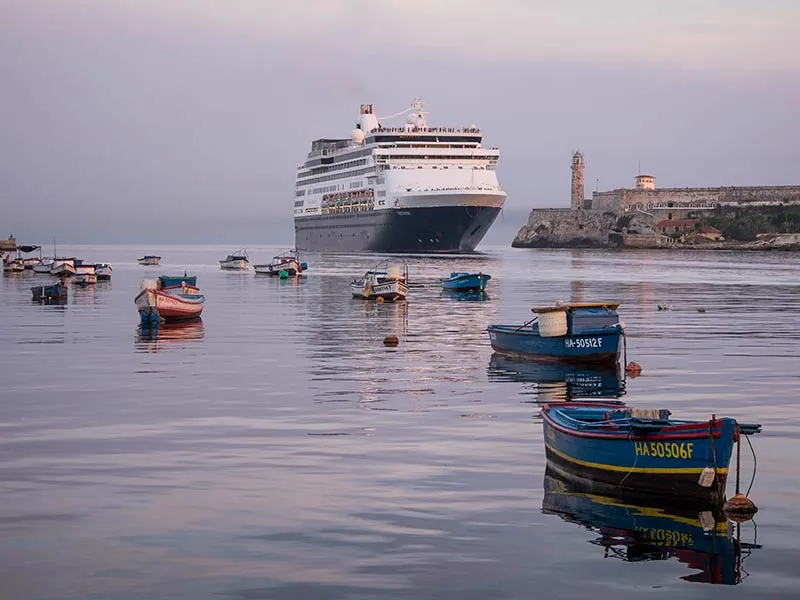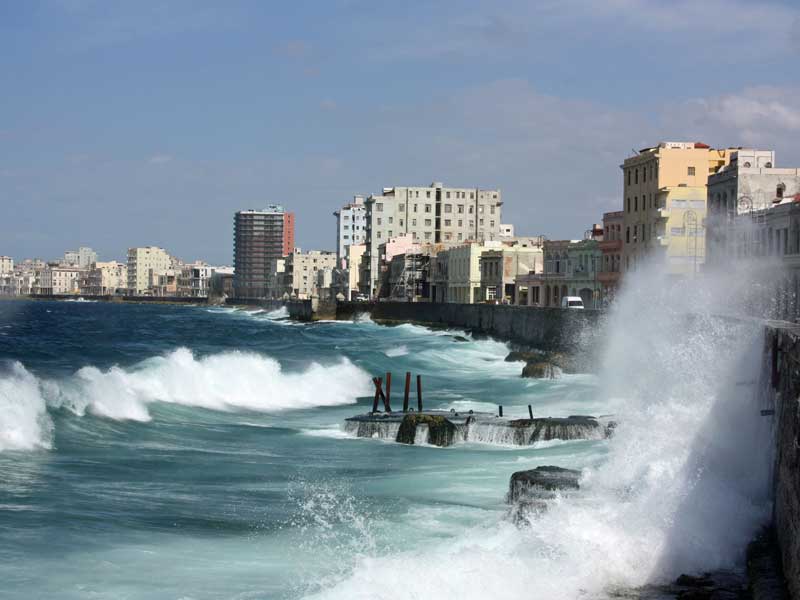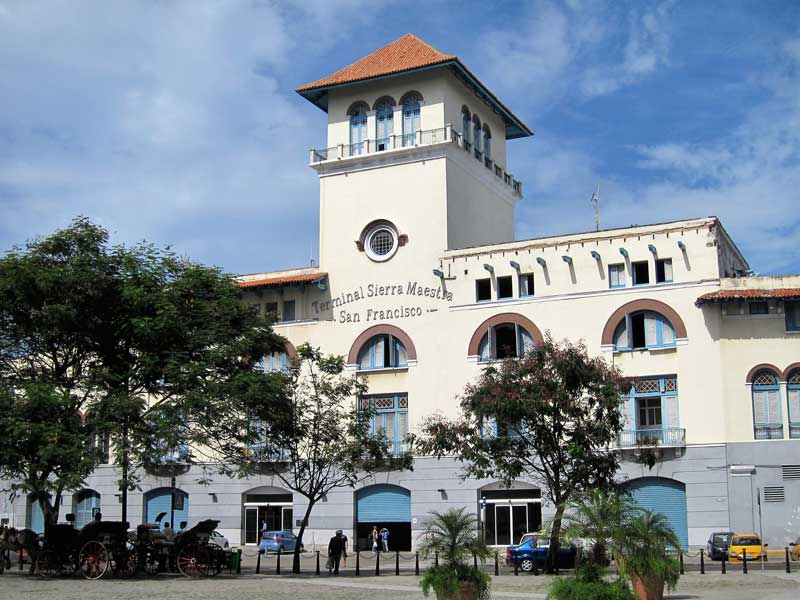
In Cuba, celebrations are underway to mark the 500th anniversary of the founding of Havana. Historians, including myself, have attributed much of the city’s early success to the town’s proximity to water: the Almendares River to the south and west provided residents with a fresh water supply, while east of the city sat the natural deep-water bay. Winds and ocean currents came together to facilitate trade and commerce, making Havana one of the most productive ports and thriving colonial cities in all of Spanish America. This period of colonial rule also shaped Havana’s environment and architecture. Today, the city’s crumbling facades are still associated with bygone fortunes built on sugar and slavery and facilitated by the commercial exchanges of the port.
In more recent times, the colonial history and infrastructure of Havana has catapulted to international prominence in part by UNESCO, which proclaimed Havana a World Heritage Site in 1982. This designation included the precinct commonly referred to as Old Havana and the system of defense built “by the Spanish empire”—a euphemism for the enslaved people forced to rebuild the city after Havana was sacked and burned in 1555 by the French corsair Jacques de Sores. Since 1982, UNESCO has worked collaboratively with the Cuban government and the powerful Office of the Historian of the City to preserve Havana’s historically significant sites and address the toll of rapid urbanization on the physical and natural environment.
Havana has fast become the primary tourist destination for the four million people that visit Cuba annually, and this year the country is anticipating five million tourists for its anniversary celebrations. While most visitors to the city make the journey by air, in 2016 a new conversation around water and tourism was introduced when, for the first time in decades, Cuban officials opened Havana’s port to North American visitors arriving on cruise ships. The voyage from Miami aboard the Carnival ship the Adonia was almost an ill-fated one; Cuba retained laws that forbade Cuban-born passengers (listed in the ship manifest) from entering the country by boat without specific approval. The Cuban government rescinded the ban in time for the cruise company to sail, and the crisis that would have left some passengers stranded and without travel plans was momentarily averted. The Cuban government’s decision to rescind the ban signaled the brief move toward normalization that both countries experienced earlier this decade.
The incident reflected the many considerations in leaders’ discussions on how best to expand Cuba’s ever-growing tourism industry. The port is again central in discussions on how to expand and invest in Havana’s environment and infrastructure. Preserving and restoring the old city and its iconic seaside wall known as the malecón, and cleaning the polluted bay of Havana, have emerged as important concerns of the Cuban administration, in part because these investments will directly impact the tourist economy, which, along with remittances from abroad, is now a leading economy for the country. New U.S. policies have made travel to Cuba more difficult in recent months after the brief respite introduced under former President Barack Obama. In June of this year, the Trump administration restricted people-to-people travel and prohibited recreational and passenger vessels (including cruise ships) from stopping in Cuban ports.
Nonetheless, the areas immediately adjacent to the port on the western side of Havana bay continue to draw large numbers of visitors and are some of the sites most aggressively being restored. Currently, the Terminal de cruceros Sierra Maestra, or Sierra Maestra cruise line terminal, spills into Havana’s colonial-era Plaza de San Francisco, becoming one of the first sites tourists who arrive by water will see. The plaza is one of several sites that was laid out early in the city’s almost 500-year history. At different points in time the plaza housed some of the most important markers of Spanish colonial rule: the municipal city council, the customs house, the jail, and the Franciscan convent were all located in this same space. The plaza is, as well, an important site of the transatlantic slave trade. Slave ships carried enslaved people to Havana, as well as to Matanzas and other ports in Cuba. Remembrance projects on the history of slavery in Cuba have already made important contributions to documenting enslaved life, especially in rural areas typically associated with sugar production. But the infrastructures associated with water in Havana—whether it be the working port, the malecón, or cruise ship tourism—have heightened the city’s visibility. This visibility also offers an important opportunity to consider the ways in which Havana’s historic relationship to water has shaped its history and urban environment.
Havana’s port facilitated an economy built on sugar and slavery that went on to define the contemporary city. It can now join other cities with similar legacies of colonialism and slavery—such as New Orleans and Veracruz—in discussions on the confluence of history and built and natural environments which raise pressing questions around issues of tourism, conservation, and preservation.
A version of this essay, with a focus on slavery in Cuba, will appear in PLATFORM, a digital forum for conversations on cities and landscapes.

Havana’s Malecón

Terminal Sierra Maestra

